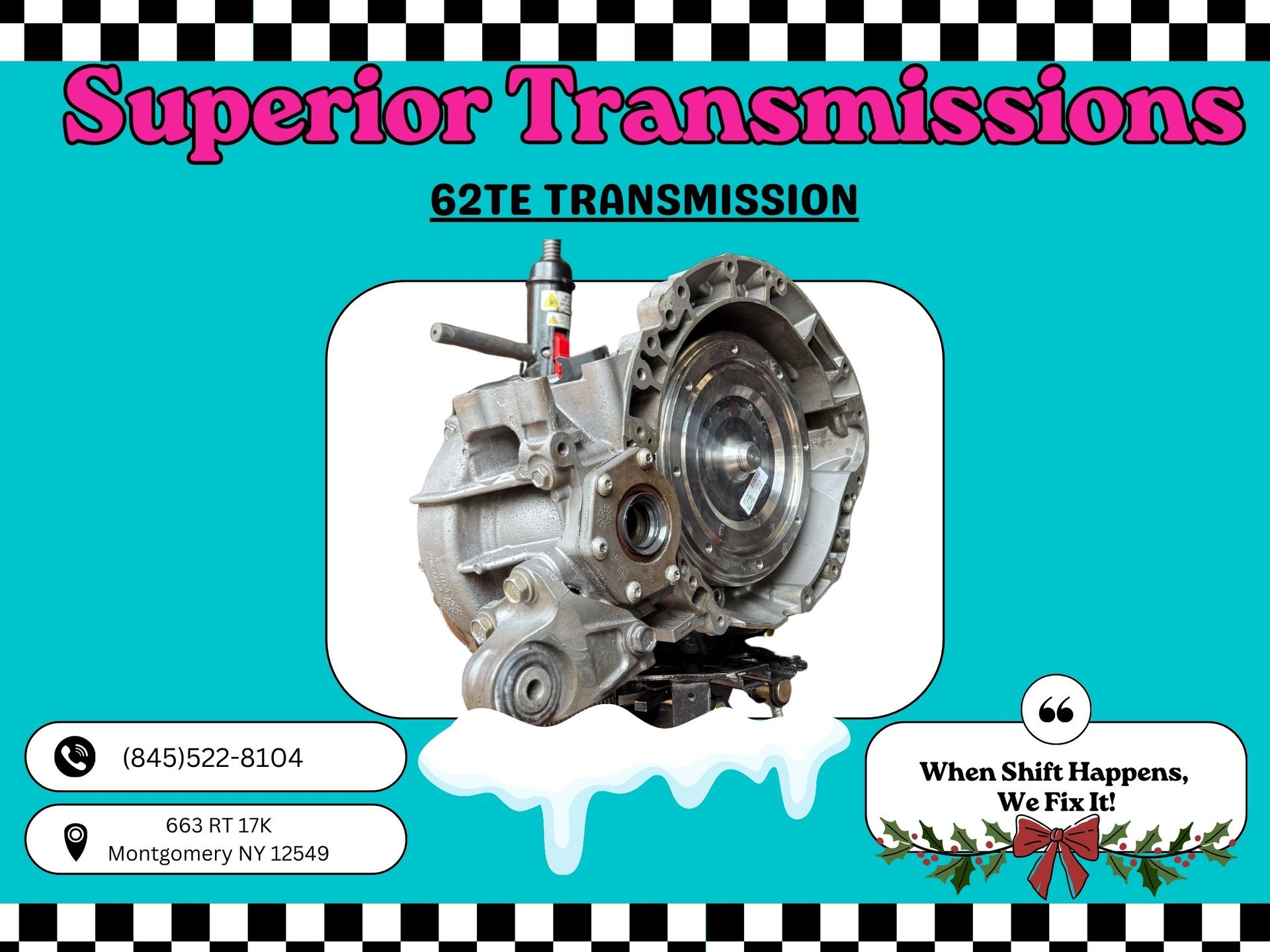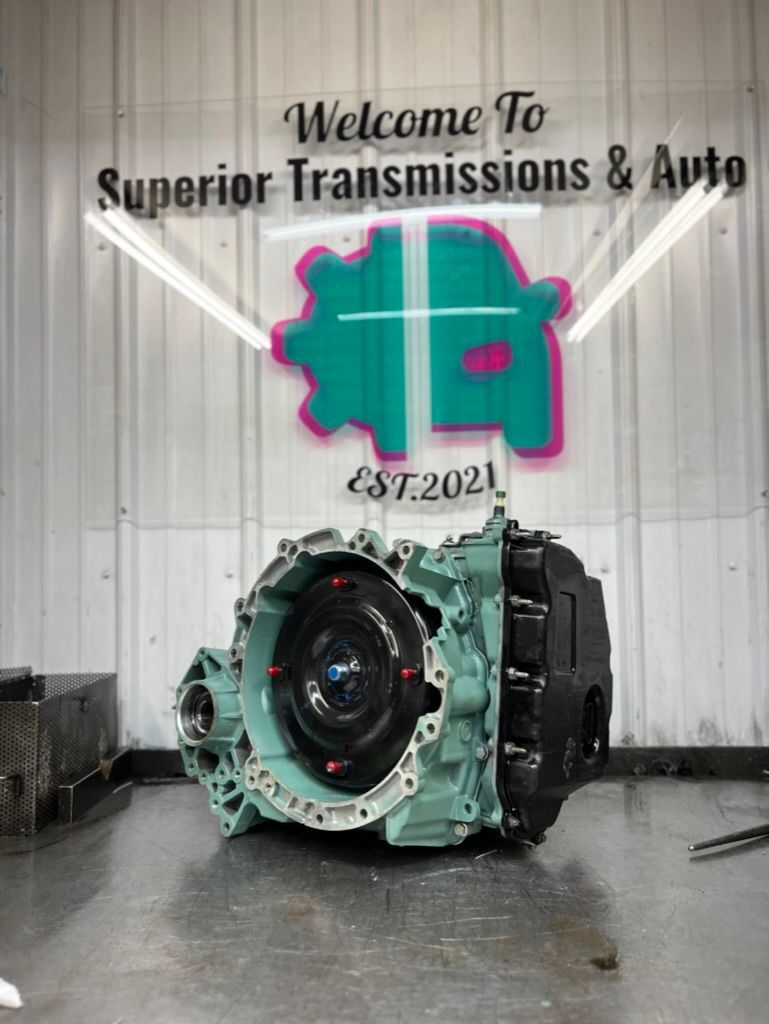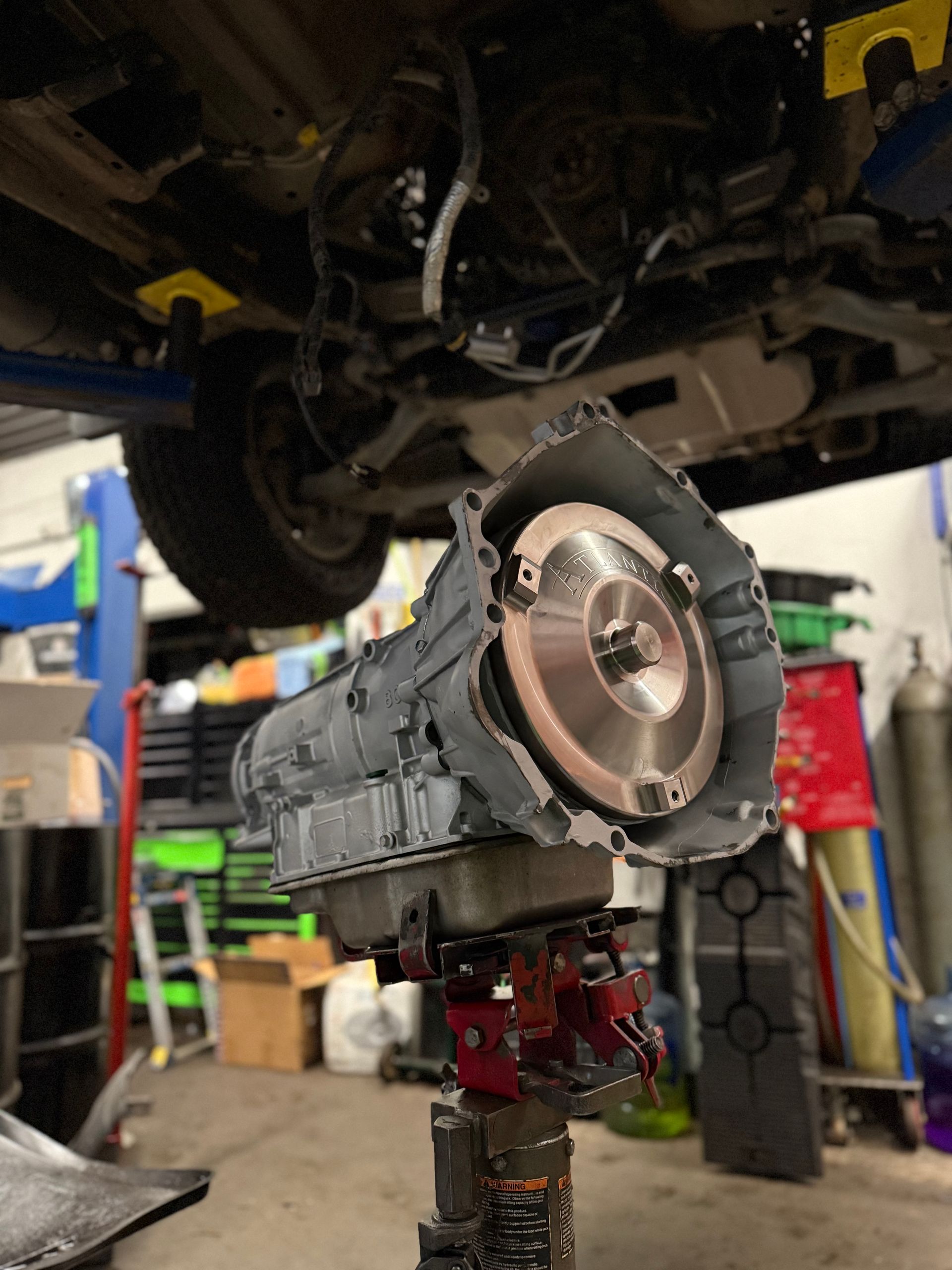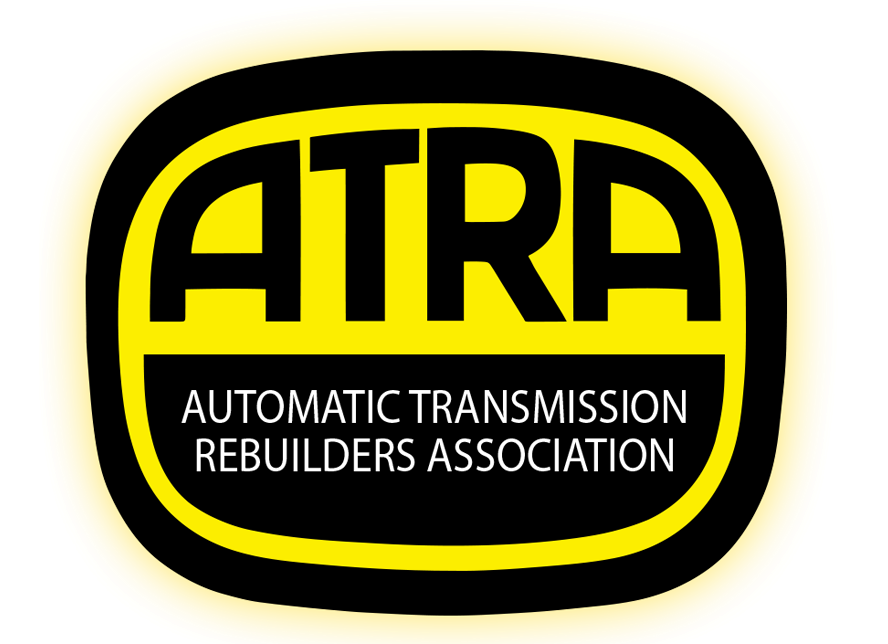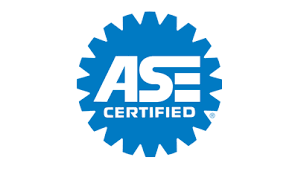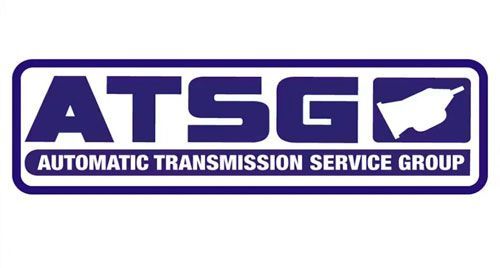What's a Wheel Lock?
May 1, 2025
May 1, 2025
What Is a Wheel Lock and Why You Should Always Know Where the Key Is!

When it comes to protecting your vehicle, many drivers install extra security measures—one of the most common being wheel locks. But while they’re great at deterring theft, they can also become a major hassle during routine maintenance or emergency repairs if you’re not prepared. Here's what you need to know.
What Is a Wheel Lock?
It's a question we ask on our intake form, and one our customers usually ask us right back, "Whats a wheel lock?" A wheel lock is a specially designed lug nut that helps prevent thieves from stealing your wheels. Unlike standard lug nuts, each wheel lock requires a matching key—a uniquely patterned socket adapter that fits only that lock.
Most vehicles that have wheel locks will have one locking lug nut per wheel, with the key typically stored in the glove box, center console, or with the spare tire kit.
Why Do You Have Wheel Locks?
Wheel locks are often added to vehicles with expensive rims, aftermarket wheels, or just as a general theft deterrent. Dealerships sometimes install them as a value-add, and some manufacturers include them by default on higher-trim vehicles.
Why It’s Crucial to Know Where the Key Is
It might not seem like a big deal until it is—a missing wheel lock key can stop a mechanic in their tracks. Whether you're in for new tires, a brake job, or a suspension repair, your wheels need to come off. If your mechanic can’t remove the locks because the key is missing, you’re looking at delays, extra costs, and potentially even wheel damage.
Why You Should Tell Your Mechanic Before Work Begins
If your car has wheel locks, always let your mechanic know before any service begins. This saves time and gives you a chance to double-check that the key is in the vehicle. It also allows the shop to plan accordingly if the key is missing.
Failing to notify your mechanic can lead to:
Extended labor time trying to find or work around the lock
Additional fees for removal if the key is lost
Potential damage to your wheels if forceful methods have to be used
Delays in your repair timeline, especially if a specialty tool or replacement parts are needed
What Happens If You Don’t Have the Key?
If the key is missing, removing the wheel lock becomes a job of its own. A shop may be able to extract it using a lock removal tool, but this takes time and isn’t always successful. In some cases, the lock must be drilled out or broken off, which can damage your wheels or studs—and that means more money out of your pocket.
Replacement wheel lock keys are not universal, so ordering a new one from the manufacturer (if even possible) could take days or weeks.
Pro Tips
Store the wheel lock key in a secure but accessible place—many people keep it in the glove box or trunk tool compartment.
Label it or let others who use your vehicle know where it is.
Check for it before bringing your car in for service, especially if you’re seeing a new shop or traveling.
If you’re unsure whether you have wheel locks, ask your mechanic to check—they’ll spot them immediately.
Final Thoughts
Wheel locks are a smart security feature—but they can become a frustrating problem if you’re not ready. Knowing where your wheel lock key is (and letting your mechanic know) can save you time, money, and potential damage during routine service.
If you're unsure whether your car has wheel locks, stop by Superior Transmissions and Auto—we’ll check for you and make sure you're not caught off guard when it's time for service.


